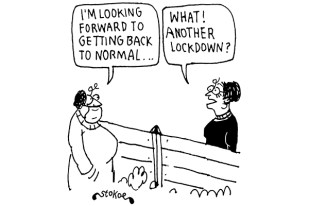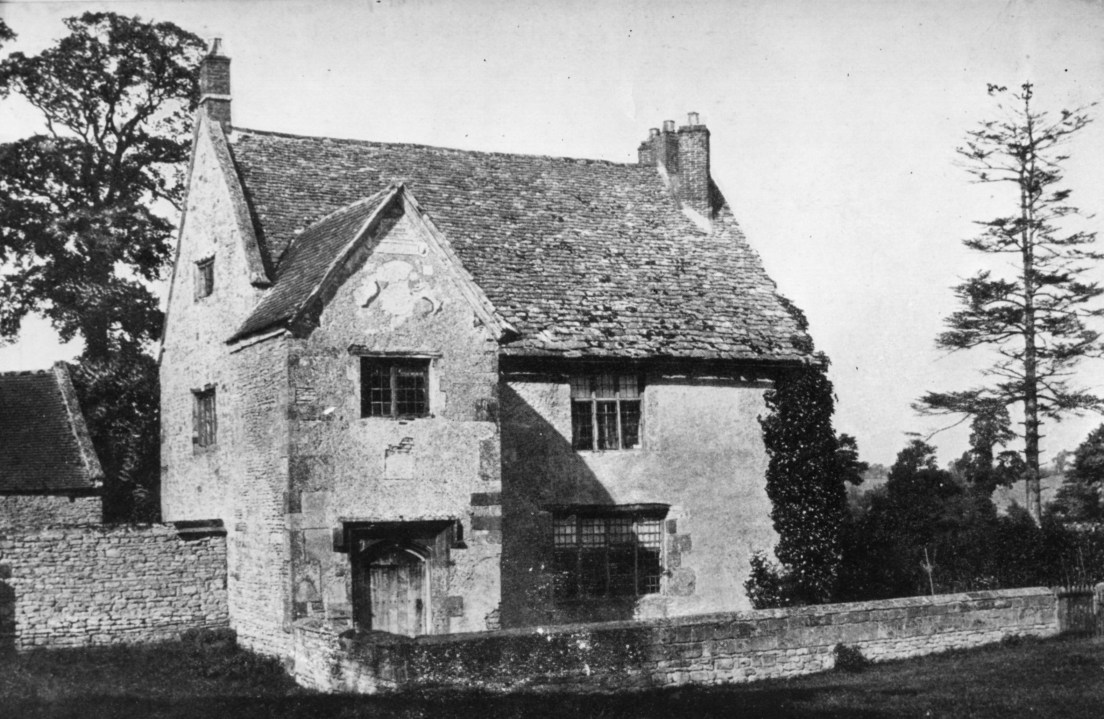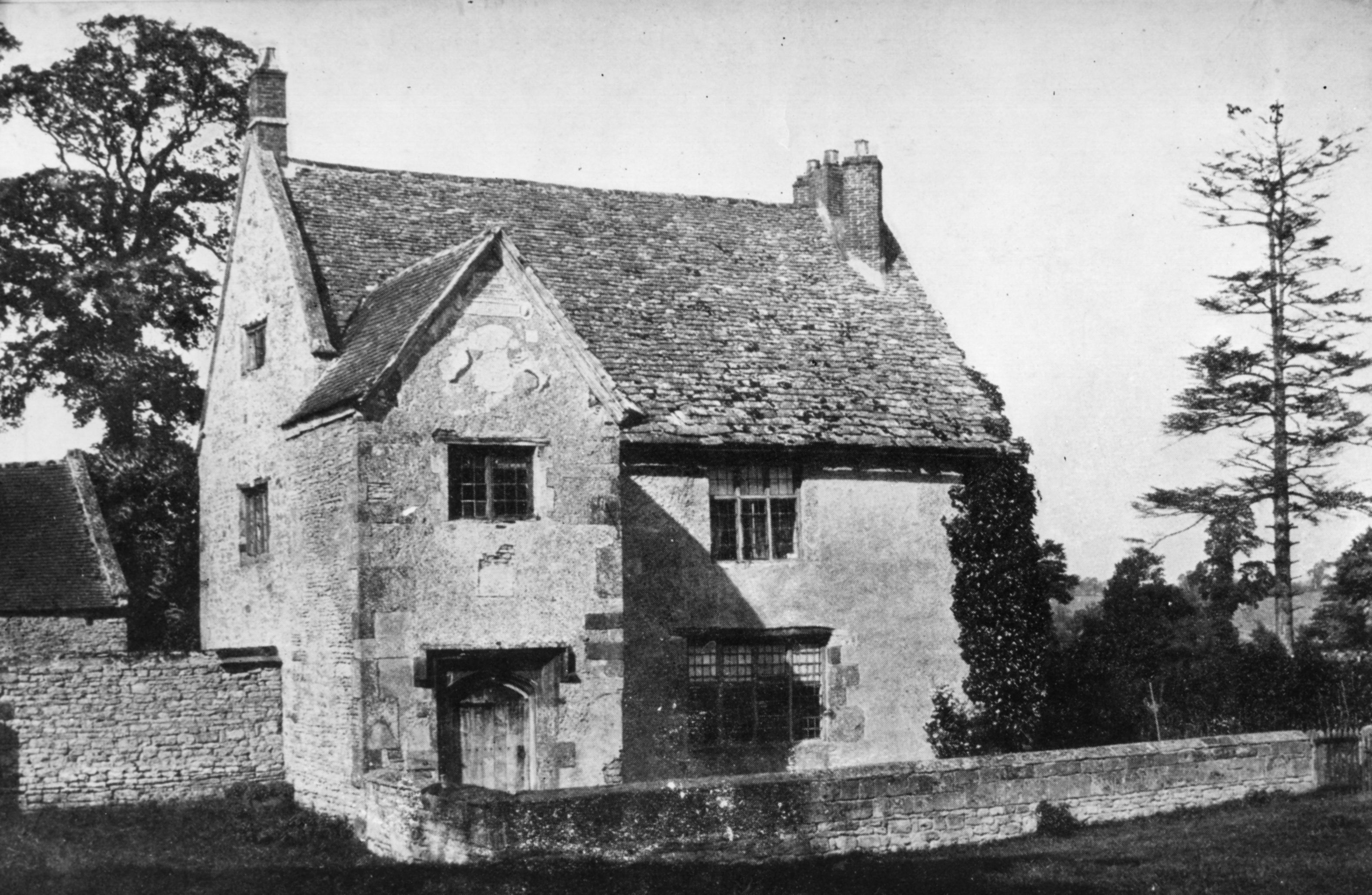You have to really love old houses to buy a listed building. My wife and I know this to our cost. We’re now on our third in a row. In each case we swore we’d never make the same mistake again and then, idiots that we are, we’d be seduced by some deceptively charming little gem and the same story would unfold.
It’s not just that old houses are likely to be impractical by modern standards: cold, crumbly and liable to leak. You accept that there’s a price to pay for character and historic heft. Most of these problems can also be lessened with some hard — and usually extremely costly — work. No, the challenges posed by the house itself must be accepted with good grace. The fury and frustration lies in dealing with conservation officers.

There are around 450,000 listed buildings in Britain. The majority are private homes. No alterations can be made to them, other than the simplest of repairs, without approval from a local authority conservation officer. At the last count there were fewer than 600 of these hapless individuals. Their numbers have dropped 35 per cent in the past 15 years, so those who remain are grossly overworked. Most are graduates, though rarely with degrees relevant to architecture, and they are poorly paid, generally earning less than £25,000 a year. Some, despite these difficulties, manage to be helpful, imaginative and good at what they do. But those who are not can make caring for a listed house a penance that no sane person would take on.
Our first listed building was a Georgian flat in Edinburgh that was, architecturally, by far the grandest home I’ve ever had. The rooms could get a little chilly with their 12ft ceilings and windows, but we spent eight happy years there. The trouble came when we wanted to move on. Our solicitor, we discovered, had been slow in checking that all necessary permissions had been obtained for a lavatory that the former owners had installed. No matter that it had been there for a decade, we would have to seek retrospective consent and if the conservators objected we might have to rip it out. For a time we thought we might have to revert to the city’s historical tradition of emptying a chamber pot out of the window with a cry of: ‘Gardyloo!’ In the end, thank goodness, the conservators were sympathetic, issuing an appropriately termed ‘letter of comfort’ that allowed the loo to stay. It was a lesson learned, however. In a listed building, rules is rules and you can find yourself in trouble even for breaches that were not your own.
My views as owner of the house are of no account. It’s the conservation officer who has the final say
Our next home was also in Scotland: an old mill cottage in East Lothian. It was built of local sandstone and had a charmingly unaltered frontage, the reason for its listing. But in the 1960s it had been rebuilt internally in a style that might be termed ‘static caravan moderne’. This actually suited us quite well, as the conservators were happy to give us free rein in ripping out the plasterboard and plywood. Their tune changed when we wanted to build a kitchen extension to the rear. The plan was for a wing that matched the existing building, faced in red sandstone. This was rejected out of hand. Any new extension should ‘read in a contemporary idiom’, using materials such as glass and steel to create ‘an indoor-outdoor interface… better suited to a modern lifestyle’. We didn’t fancy living in a giant fish tank to be gawked at by walkers on the nearby footpath, but it’s the conservation officer who always has the final say on design matters. In the end we found a compromise, using cedar cladding rather than plate glass. At least we kept our privacy, albeit in a structure that resembled a humongous garden shed.
Now we’re in England and in a battle over windows. The house is 16th-century but the windows are simple casements made in softwood sometime in the early 1900s. Over time they’ve shrunk and warped, so the wind sneaks through the gaps and rain-water dribbles from the sill. In a cold snap during early spring, the temperature in my study was nine degrees even with the radiators on full blast. I’d quite like some double glazing that would enable me to use my keyboard without gloves. But the conservation officer says no. It doesn’t matter that the windows I’ve proposed would closely match the old design. Unless I can prove that the existing ones are beyond repair, they have to be retained. If I’m troubled by the cold or heating bills, I should consider thicker curtains, shutters or insulated blinds. So throughout the winter I’d have to live without a glimmer of daylight; perhaps, in keeping with historic precedent, beneath flickering rushlights.
The argument rumbles on. The conservation officer’s latest proposal is that new windows might be permitted if they replicate putative 16th-century designs with leaded glass and mullions. Aside from the huge expense, I would consider such windows the most egregious pastiche. Yet again, however, my own views and wishes as owner of the house are of no account.
Historic houses are among our society’s most precious assets. They beautify the built environment, link us to our past and inspire us to build well in the future. They deserve protection and those of us fortunate enough to live in one must accept that we cannot do exactly as we please. But we do deserve consistency and clarity. Decisions should be taken on the basis of policies publicly discussed and generally agreed, rather than the whims of individual case officers. It should also be accepted that listed homes are not museums. Our house would once have had an open hearth in the middle of the main room, but in keeping with new fashions this was later swapped for a fireplace with a chimney. The modern equivalents of such innovations should be permitted so long as they’re done without affront to the building’s character. That, at any rate, is the basis of my argument to the young conservation officer who has the final say over my room temperature. If my case fails, I suppose I’ll just have to wear some extra clothes — preferably in a Tudor style.







Comments